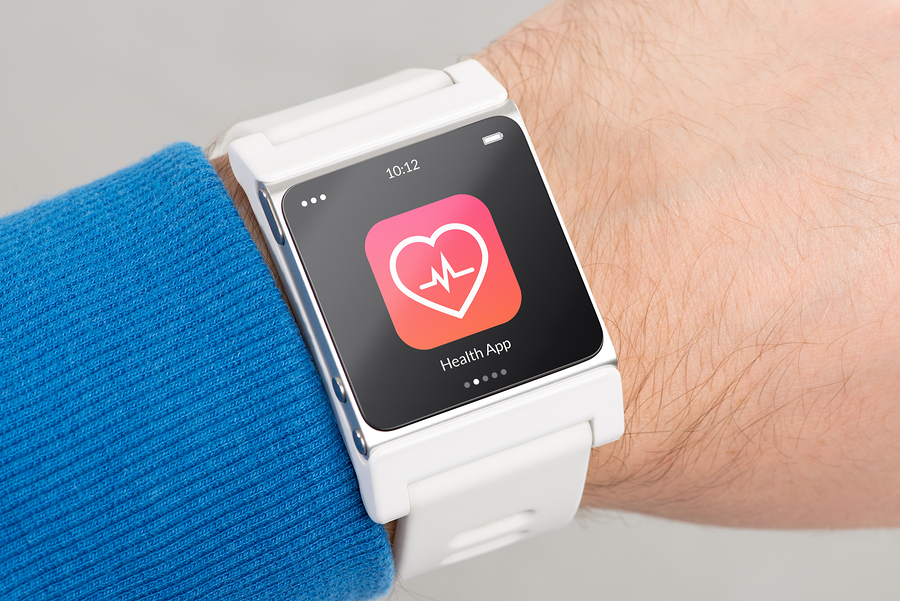Wearable and smart technologies are revolutionizing the way we manage workplace injuries, deliver quality care and facilitate rehabilitation in workers’ compensation. To help case managers understand the scope of this exciting, new area of technology, Zack Craft, ATP, vice president and national product leader at One Call Care Management, gave a presentation on the topic at the 2017 Case Management Society of America (CMSA) conference.
“Wearables first gained traction as activity trackers, but they have quickly advanced in their capabilities,” said Craft. “Experts forecast an increased focus in healthcare, with wearables being used to monitor vital statistics, such as blood pressure, heart rate and respiratory rate. In addition, they can also be used to review body mechanics to prevent future injuries and minimize risks.”
Craft’s presentation, “The Transformation of Case Management: Embracing Wearables,” tracked the use and benefits of wearables throughout the various phases of the workers’ compensation process: safety and injury prevention, first report of injury, development of a treatment and rehabilitation plan, avoiding re-injury, and managing long-term catastrophic injuries.
“Application in the management of catastrophic cases is an area offering significant promise,” noted Craft. “Few cases are as heartbreaking or complicated as these debilitating injuries. Today, exoskeletons are not only giving paralyzed patients the ability to stand and walk again, but the field of exoskeletons is expanding to include new applications for bariatric, geriatric and orthopedic cases.”
“For example, with the obesity epidemic, wearable technology could help patients with mobility issues achieve a higher level of daily activity. With a large population of aging baby boomers, geriatric applications could encompass stroke survivors and hip replacements. And there are a vast number of short-term orthopedic challenges, including hip, knee, and back issues, where a simpler, scaled-down version of the exoskeleton would aid in rehabilitation of the affected body part,” continued Craft.
With its vast and growing applications, it is no surprise that the wearables industry is projected to grow from $20 billion in 2015 to almost $70 billion in 2025. The need for real-time health monitoring to help manage chronic conditions, such as diabetes and hypertension, could mean an even higher demand in the healthcare sector.
 When wearable technologies are being considered for injured workers, assistive technology experts can help advise case managers on what technologies are most appropriate. Key considerations include:
When wearable technologies are being considered for injured workers, assistive technology experts can help advise case managers on what technologies are most appropriate. Key considerations include:
- An evaluation of what type of wearable technologies would best fit the injured worker’s rehabilitation needs, while simultaneously improving outcomes and accelerating recovery.
- Consideration of how wearables could enhance the injured worker’s level of function, productivity, independence and quality of life.
- An account of other capabilities that can be used in conjunction with wearable devices, such as GPS tracking, voice-activated commands and communication via smart phones.
- Assessing whether virtual reality products—gaining traction in the wearables market—could assist injured workers in managing chronic pain.
Claims adjusters and nurse case managers have been requesting more information and education on patient equipment and assistive technologies. Educational sessions like this one enable these professionals to better advocate on behalf of an injured worker’s needs.
Source: One Call
Was this article valuable?
Here are more articles you may enjoy.


 US Opens Probe into Over 110,000 Ford SUVs on Seat Belt Concern
US Opens Probe into Over 110,000 Ford SUVs on Seat Belt Concern  What’s Behind New York Fires? Climate Change, Land Use and History
What’s Behind New York Fires? Climate Change, Land Use and History  Allstate Insurers Sue Hyundai, Kia to Pay for Claims From Defective Cars
Allstate Insurers Sue Hyundai, Kia to Pay for Claims From Defective Cars  Verisk: A Shift to More EVs on The Road Could Have Far-Reaching Impacts
Verisk: A Shift to More EVs on The Road Could Have Far-Reaching Impacts 